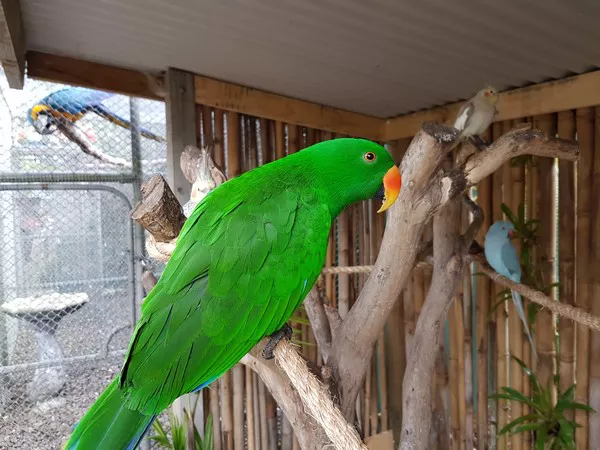Leatherback turtles (Dermochelys coriacea) are fascinating creatures that inhabit the world’s oceans. Known for their immense size, unique appearance, and incredible migratory journeys, these ancient reptiles have another intriguing feature that sets them apart from other turtle species: an unusually large number of teeth. In this article, we will delve into the mystery of why leatherback turtles possess so many teeth, exploring their dental adaptations, feeding habits, and the ecological significance of this remarkable characteristic.
Leatherback Turtles: A Brief Overview:
Before we dive into the specifics of their dental structure, let’s take a moment to appreciate the remarkable nature of leatherback turtles. These magnificent creatures are the largest sea turtles, capable of reaching lengths of up to seven feet and weighing over 2,000 pounds. Unlike other sea turtles, their carapace (shell) is not composed of hard scutes but is instead covered with a layer of flexible, leathery skin, hence their name.
Dental Adaptations of Leatherback Turtles:
While most turtle species have beak-like jaws designed for crushing or tearing their food, leatherback turtles exhibit a unique dental adaptation that sets them apart. Rather than having a traditional bony jaw, they possess hundreds of sharp and backward-pointing spines, called papillae, lining their upper and lower jaws. These papillae give the impression of multiple teeth, although they are not true teeth in the conventional sense.
The Function of Papillae:
The primary purpose of the papillae is to aid leatherback turtles in feeding on their preferred diet: jellyfish. As gelatinous organisms, jellyfish are slippery and difficult to capture. The numerous papillae act as spiky projections, enabling the turtles to grasp and consume their prey more effectively. The backward-facing orientation of the papillae prevents jellyfish from escaping once caught, ensuring a secure grip during the feeding process.
The Ecological Significance:
The dental adaptation of leatherback turtles serves a crucial ecological role. As apex predators of the ocean, leatherbacks play a vital part in maintaining the balance of marine ecosystems. By feeding primarily on jellyfish, they help control the population of these organisms, preventing their unchecked proliferation. This, in turn, has cascading effects on the entire food web, benefiting other marine species and promoting a healthy oceanic environment.
Evolutionary Advantage:
The evolution of the dental adaptation in leatherback turtles can be attributed to their unique feeding behavior. Unlike other sea turtles that primarily graze on seagrasses and algae, leatherbacks are active predators, hunting for gelatinous prey. The development of papillae over time has provided them with a distinct advantage in capturing and consuming jellyfish efficiently, allowing them to exploit this food source more effectively than other turtle species.
Challenges and Threats:
While the dental adaptation of leatherback turtles is an extraordinary evolutionary feature, it also poses challenges and risks. The consumption of jellyfish can be hazardous for the turtles, as some species of jellyfish are toxic. Leatherbacks occasionally mistake plastic bags and other debris for jellyfish, leading to ingestion and potential harm. Additionally, anthropogenic activities, such as pollution and habitat destruction, threaten both the leatherback population and their vital food source, contributing to conservation concerns.
Conclusion:
The presence of numerous teeth-like papillae in leatherback turtles is a remarkable example of adaptation to a specific feeding niche. These dental structures serve a crucial purpose, enabling the turtles to efficiently consume their preferred diet of jellyfish. By controlling jellyfish populations, leatherbacks contribute to the overall health and balance of marine ecosystems. However, it is essential to recognize the challenges they face due to human activities and promote conservation efforts to safeguard these extraordinary creatures and their unique dental adaptation. The mystery of why leatherback turtles have so many teeth reveals yet another awe-inspiring facet of nature’s ingenuity and highlights the interconnectedness of all living beings in our oceans.


























